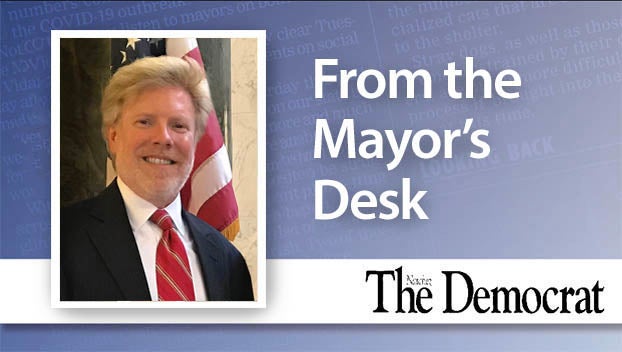Christ’s empty tomb is sign of hope amid crisis
Published 7:45 pm Friday, April 10, 2020
|
Getting your Trinity Audio player ready...
|
Church liturgies for the Feast of the Resurrection, Easter Sunday, are usually celebrative, uplifting and joyful. This year we miss the grandeur of these experiences because we want to create a safe environment that lessens the spread of the coronavirus.
Our Easter Sunday Gospel (John 20:1-9) invites us to join three women, Mary, Mary of Cleopas and Salome, friends or family of Jesus, who are on their way to the tomb. They desired to give their final respects to Jesus by anointing his body. If you could walk with them, you would sense a deep sadness in their words. Most likely they were speaking words such as, ‘He was holy, wise and did so much good and healed many people. We thought he was the Messiah, our hopes were dashed with his conviction and crucifixion. We saw his pain and suffering, and we saw him die.”
To what extent are most of us burdened with fear, with loss of security and with uncertainty, all arising from the virus. We see and hear the stories in the media of high numbers who are ill and even more disturbing high numbers of deaths. We are aware of businesses that have to make decisions that cause loss of jobs and income. Medically, we are waiting for the therapy or medicine that can arrest the disease. I am associating the burden that this disease has placed on all of us, worldwide, with the grief, loss and sadness of the women who were mourning the sad death of Jesus.
On their arrival at the place of his burial they find the tomb already open. Fear grips them in a new way as they wonder, “Have the evil people who put him to death returned to desecrate his body?” Inside the tomb is another surprise. The tomb is empty, Jesus’ body is not there. The burial cloths are left there. Who stole the body and where did they put it? Their response, certainly reasonable, was fear, anxiety, questioning and tears.
As the spread of the coronavirus continues and as we learn of incidents of it closer to home, we can identify with the shock, grief and anxiety of the women at the tomb. They had no hope that there would be an unbelievably good end to the story. They knew in their hearts he ‘should not have died’ but even worse, he was put to death as a criminal. As they struggled to understand what was going on, there is the visit of the angel telling them: “Don’t be afraid, He is not here, He is risen.”
The good news for us would be the actual end to the virus and the full recovery of health to those who are ill and the recovery of all the losses — life and security. Until that happens we look around at signs of hope and encouragement.
Most of the population is doing what they need to do to slow the spread of the virus, they are good neighbors by helping in many ways — small and great, and our medical people, hospital workers and public service people are today’s heroes. We are grateful for them. We are also grateful to teachers at every level who have had to adapt to new online ways of offering their teaching to students, and for that to be effective parents and students are adapting also. Thank you.
The Rev. David O’Connor is pastor emeritus of St. Mary Basilica and Assumption Churches.





